Using modern technologies to increase efficiency
and output, the agricultural environment has changed extremely in recent
years. Among these technologies, data science, machine learning, and artificial
intelligence (AI) have become important tools that are transforming our
understanding of agriculture. We will investigate the complex progress of data
science and AI/ML in agriculture technology in the following piece on the blog,
examining the unique effects these technologies are having on farming as well as
their technical details.
Precision Farming: A Revolution in Thinking
Leading the way in the agricultural revolution is
precision agriculture, which maximizes crop management by integrating AI and ML
algorithms. This method gathers a tonne of data by using satellite pictures,
drones, and intelligent sensors. Through the analysis of this data, machine
learning models give farmers insights that can be put into practice, such as
personalized fertilization plans or exact irrigation suggestions.
The development of intelligent farming machinery is a clear example of how AI
is being incorporated into precision agriculture. With the aid of AI algorithms
and computer vision systems, autonomous tractors can navigate fields,
carry out operations like planting and harvesting, and design routes to cause
the least amount of soil compaction.
Inspecting Crops and Forecasting Diseases
AI and ML are essential for disease prediction and crop monitoring. Drone
or satellite photographs are analysed using image recognition algorithms, which
detect minute variations in crop health that may be invisible to the human eye.
Farmers can take proactive steps to reduce risks since these algorithms are
able to identify early indicators of illnesses, nutrient deficits, or pest
infestations.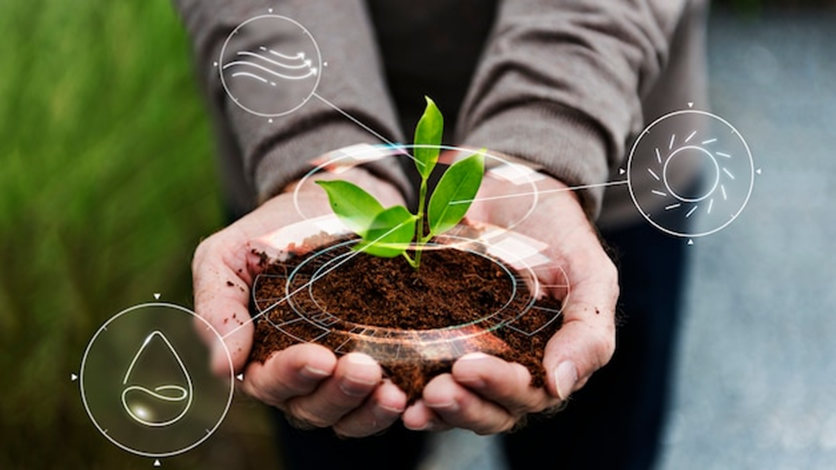
Forecasting based on past data also aids in the
anticipation of possible disease outbreaks. Machine learning algorithms can
make precise forecasts by examining variables like weather, soil quality, and
crop rotation patterns. This enables farmers to take preventative action and
use resources as efficiently as possible.
Smart Watering Systems
In agriculture, water scarcity is a major issue, thus effective water
management is crucial. Artificial intelligence (AI)-driven smart irrigation
systems maximize irrigation schedules by utilizing data from several sources,
such as crop requirements, soil moisture sensors, and weather forecasts.
To maximize yields and conserve water resources, machine learning
algorithms can dynamically modify irrigation schedules so that crops
receive the appropriate amount of water at the appropriate time.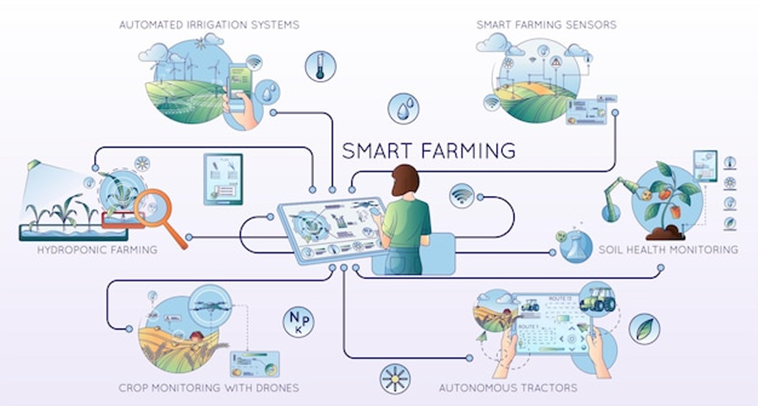
Moreover, these devices can identify regions that receive insufficient
irrigation, allowing farmers to quickly solve possible problems. A key element
of sustainable agriculture is smart irrigation, which reduces water waste while
increasing crop productivity.
Crop Yield Prediction
Planning resources and projecting markets effectively
require accurate crop yield predictions. To predict future yields, AI and
ML models examine previous data and focus on consideration factors like crop
variety, soil quality, and weather. This gives farmers the information they
need to decide on planting strategies, resource distribution, and market
involvement.
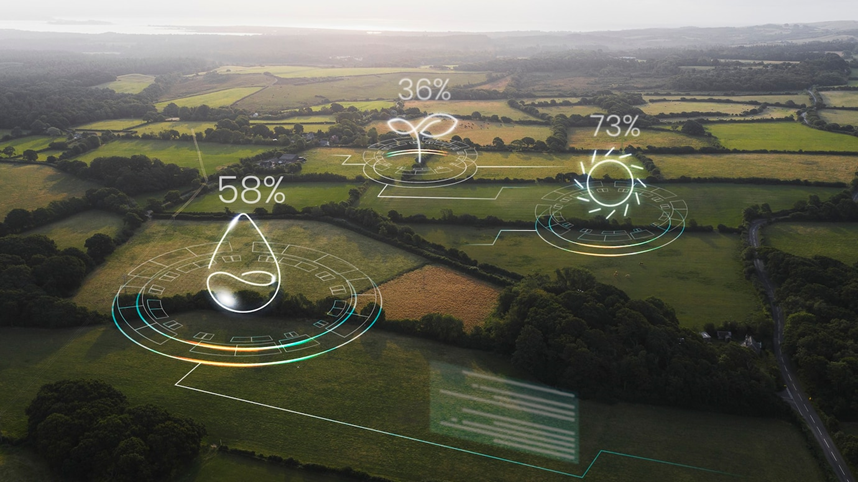
Processing
and analysing large datasets, finding relevant trends, and creating models that
may accurately estimate agricultural yields are all made possible by data
science. Predictive analytics in agriculture gives farmers the ability to
streamline processes, save waste, and raise output levels.
Supply Chain Optimization
Beyond the farm gates and into the larger agricultural supply chain, AI and
ML are being applied. Models for predictive analytics can improve logistics by
anticipating changes in demand and speeding up the delivery procedure. This
guarantees that agricultural products are delivered effectively, reducing waste,
and increasing profits.
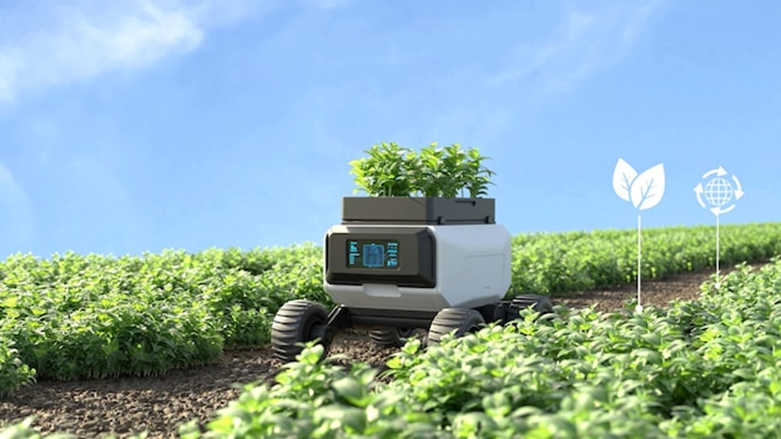
Supply chain traceability is improved by blockchain technology, which is
frequently combined with AI. Blockchain reduces the possibility of fraud and
guarantees the accuracy of agricultural products by establishing transparent,
unchangeable records of every step of the manufacturing and distribution
process. These builds trust among stakeholders and consumers alike.
Challenges and Opportunities for the Future
Even if the application of data science and AI/ML to agriculture has shown
great potential, difficulties still exist. A general acceptance is challenged
by factors such as data accessibility and availability, the requirement for a
strong infrastructure, and the knowledge needed to set up and handle these
technologies.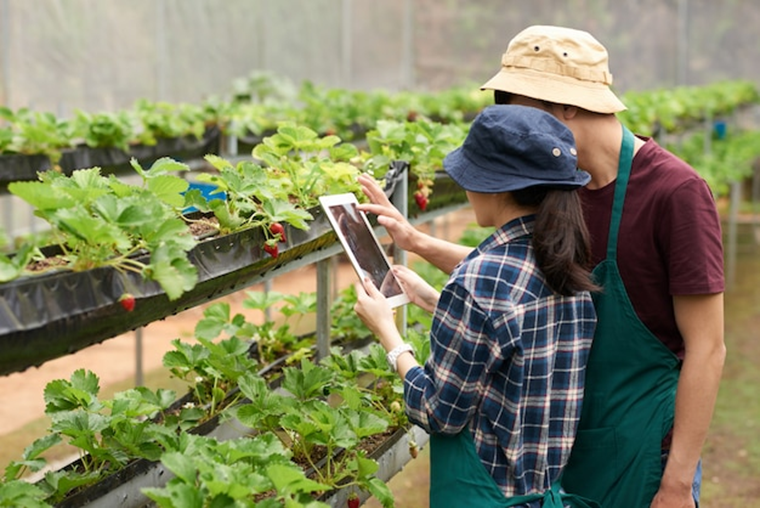
Future
research and development will probably address these issues, opening the door
for even more advanced agricultural uses. The capabilities of AI-powered
agricultural systems will be further enhanced by emerging technologies like
data centres, 5G connectivity, and the Internet of Things (IoT), making them
more effective and available to a wider range of farmers.
In summary, the combination of data science,
artificial intelligence, and machine learning with agricultural technology
represents a paradigm change in how we view farming. These technologies—which
range from smart irrigation systems to precision agriculture—are enabling
farmers with practical insights, maximising resource use, and promoting
sustainable practices. The application of AI/ML and Data Science in agriculture
will surely continue to develop as we manage the complexities of an
increasingly populous world and environmental issues, encouraging innovation
and updating farming's future.
.png)
No comments yet. Start a new discussion.